In the wake of the first round of NAFTA renegotiation talks and with a possible reopening of the U.S.-Korea Free Trade Agreement on the horizon, the time is ripe to examine how the United States formulates trade policy, negotiates trade agreements, and navigates the difficult choices inherent in these processes.
Mireya Solís addresses these issues in her new book “Dilemmas of a Trading Nation: Japan and the United States in the Evolving Asia-Pacific Order.” (Watch video of the book launch here.) Here we’ve selected a few insights and findings from the book that are particularly significant to the current moment in the U.S. economy and trade policy.
Trade policy is about uncomfortable tradeoffs
Trade policy has been at the forefront of the U.S. national conversation in recent years, as Americans look toward the future they want and need—economic renewal, a relaunched social compact, and projected international influence. The 2016 presidential campaign and early months of the Trump administration have only intensified this national focus on trade policy.
However, charting a path forward is not easy because the essential goals of trade policy—the search for economic competitiveness and international leadership, the need to secure social legitimacy in the face of a more intrusive trade agenda, and the required dose of political pragmatism to make negotiated trade agreements politically viable—create uncomfortable tradeoffs. For instance:
- A decisive executive branch can effectively push aside vested interests and deliver on liberalization, but top-down decisionmaking can come at the cost of inclusive processes of consultation with stakeholders, creating a legitimacy deficit. The issue here is how to balance decisiveness with inclusiveness.
- The ratification of negotiated trade agreements may dictate keeping some sensitive sectors off limits or providing subsidies to extend the life of dying sectors, but this will limit the economic gains from liberalization. This illustrates the tension between pragmatism and ambition.
Doubting the value of trade
The unprecedented backlash against trade witnessed during the presidential campaign was years in the making. American trade policy has suffered from an expanding legitimacy problem fueled by three central concerns: how wins and losses from trade liberalization are distributed, the growing reach of trade commitments into domestic regulations, and concerns that only elites have a say in trade policy.
Meanwhile, political and economic polarization in the United States—due to increased gridlock in Washington, the stress from the continued rise of income inequality, the squeezing of the middle class, and the curtailment of social mobility—compounds the trade legitimacy challenge.
In hindsight, we see that the Obama administration pursued the most ambitious trade strategy in a generation—with mega trade agreements across the Pacific and the Atlantic in the midst of this sharpening domestic cleavage. However, it did so while relying on outdated and ineffective solutions to the trade governance dilemmas.
No debate has gained more traction in this country than the one about the distributional effects of globalization: how trade agreements impact wages and employment. In fact, Americans are more skeptical about the impact of trade on jobs than publics in other industrialized nations. A 2014 Pew cross-national survey showed that 50 percent of respondents in the United States believe that trade destroys jobs, whereas the average elsewhere is 19 percent.
We can’t blame it all on China
In recent years, the focal point of this discussion has been the so-called “China trade shock,” the finding by a group of economists that imports from China were responsible for up to one-sixth of the manufacturing jobs lost during the 2000s. However, other data points are important here. The drop in manufacturing employment is a longer-term historical trend that reflects structural change in the American economy. Most of the manufacturing jobs lost in the 2000s resulted from technological change (by one estimate 87 percent), such as automation. And American consumers (especially at lower income levels) have benefitted substantially from access to low-cost products that help reduce the cost of living.
In fact, it is the other finding of the “China shock” scholarship that is most significant: Displaced American workers face a much more difficult and prolonged period of job transition than we had previously thought. Workers encounter long spells of unemployment, wage losses, and a lack of opportunities in depressed communities. There is a major policy failure here in need of correction. The American solution to the problem of worker adjustment thus far has been the Trade Adjustment Assistance (TAA) program, which by design and execution has been inadequate in addressing the needs of all workers to gain skills and mobility to cope with the faster pace of economic change.
What are the shortcomings of TAA?
- It is only available to trade-impacted workers, so the expanded benefits are off-limits for the vast majority of the unemployed, many of whom lost their jobs due to technological advancements in automation and robotics, which can be expected to continue;
- In the past, many TAA recipients have opted out of the training requirements, which are important for skill acquisition and reentry into the workforce;
- Re-employment incentives such as wage insurance are only offered to a subset of displaced workers; and
- The relocation allowances offered are insufficient to facilitate geographical mobility.
In many ways, the United States has pursued globalization on the cheap, without investing in its workforce and social mobility. It ranks in the bottom third of OECD nations in terms of how much it spends on active labor market policies, only above Mexico and Chile. While the United States has doubled its dependence on international trade in the last 40 years (from 15 percent to 30 percent of GDP), its overall public expenditures on the social safety net are lower today than they were in 1975. The United States must relearn, and with great urgency, an old insight of the political economy of trade: Liberalization without a safety net is neither socially nor politically sustainable.
Looking forward
This is where the United States stands today, so how should we move forward? Solís’s recommendations fall in two broad areas: investments at home in human capital and investments abroad on trade and investment rules.
A skilled and mobile labor force is an imperative investment for the United States.
The United States is in need of a renewed safety net for displaced workers affected by globalization, automation, or macroeconomic shocks. It should be guided by two organizing principles: resilience (fallback programs such as unemployment insurance and affordable health care) and mobility (spring forward programs that emphasize training and reemployment). Skill acquisition and upgrading should be at the heart of this strategy, as this is essential to increase employability, avoid wage erosion, and manage relocations across regions and occupations. In particular, the United States should correct the record of underinvestment in active labor market policies and boost training opportunities through various platforms (for example, community colleges or apprenticeships). A skilled and mobile labor force is an imperative investment for the United States.
The United States lost a critical investment in international economic rules with the decision of President Trump to abandon the Trans-Pacific Partnership Agreement (TPP). The White House has argued that multilateral trade agreements do not offer the best deal for the United States and that bilaterals will yield better outcomes. We should remember, though, that the United States has already tried the route of bilateral negotiations, and its limits are well known. First, one-on-one negotiations take a long time, which puts the United States further behind its competitors as negotiations drag on. Second, they are unlikely to yield better outcomes than multilaterals because they forego the opportunity to open several markets at the same time. Many countries are more willing to make additional concessions if they expect larger payoffs from bigger trade deals involving multiple markets.
Exit from the TPP will be costly for the United States. American producers will be at a disadvantage because they do not enjoy the same preferential market access as their competitors. Beef sales are a case in point. Australian beef is more competitive in the Japanese market than American beef because it faces a lower tariff as a result of the free trade agreement between Japan and Australia. The costs of exclusion for the United States will only increase as other large-scale trade agreements materialize (for example, the EU-Japan free trade agreement is near completion).
In eschewing the TPP, the United States has also ditched a rulebook that it could have used to disseminate disciplines useful in addressing problematic Chinese trade and investment practices, such as asymmetric reciprocity on foreign direct investment and rampant subsidization of state-owned enterprises. The geopolitical fallout from withdrawal will also be significant as trade becomes a wedge issue between the United States and many of its closest partners. It also gives China, which has expanded its engagement in multilateral diplomacy across a wide range of policy arenas including trade, an opportunity to draw a contrast between itself and a retreating United States.
An “America First” trade policy may well yield an “America Last” outcome, as the economic and geopolitical costs of self-imposed exclusion from multilateral trade agreements accumulate. But the biggest lesson here is that the renewal of U.S. internationalism will demand repairing the domestic safety net and investing in social mobility.
The Brookings Institution is committed to quality, independence, and impact.
We are supported by a diverse array of funders. In line with our values and policies, each Brookings publication represents the sole views of its author(s).

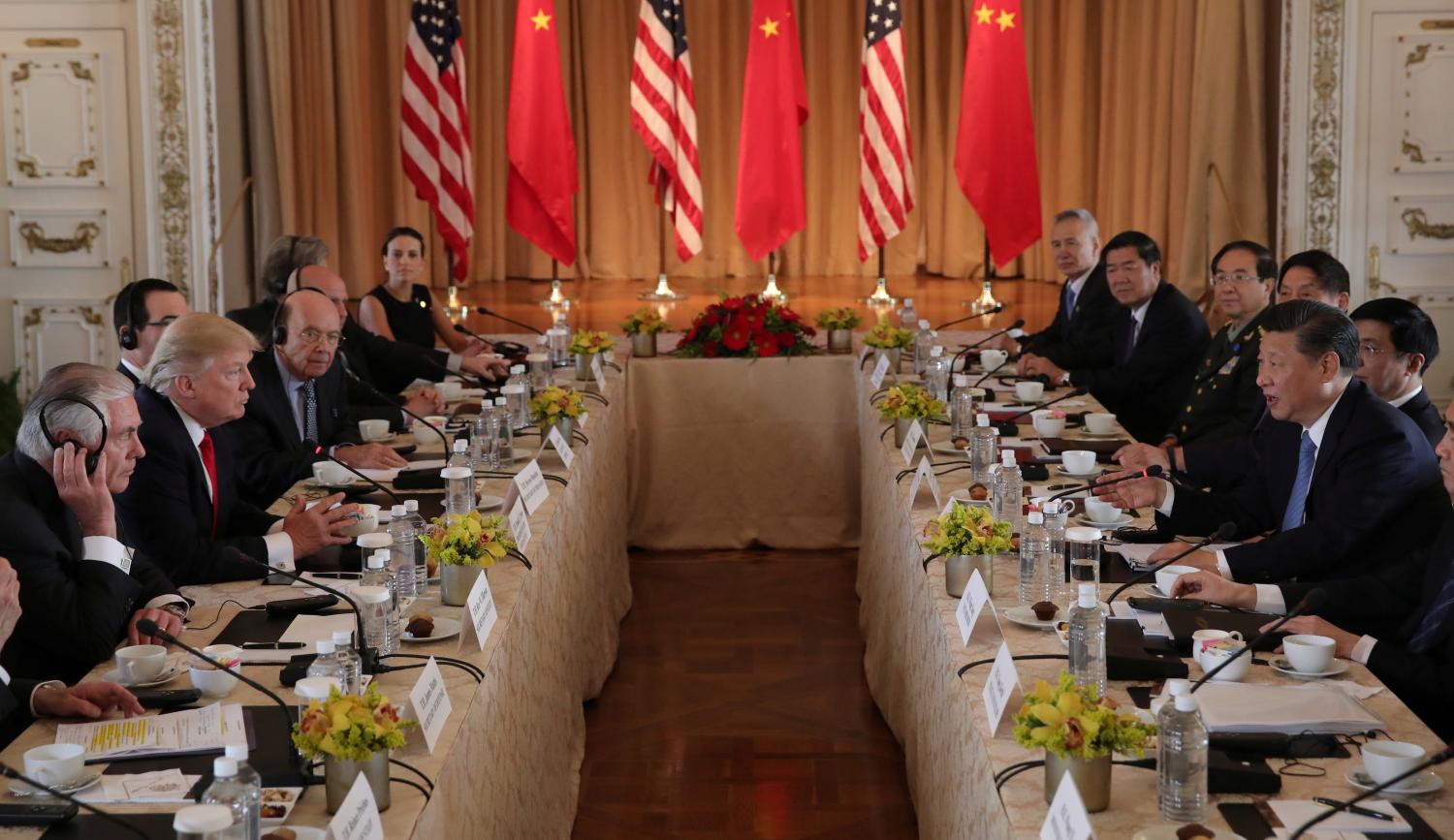
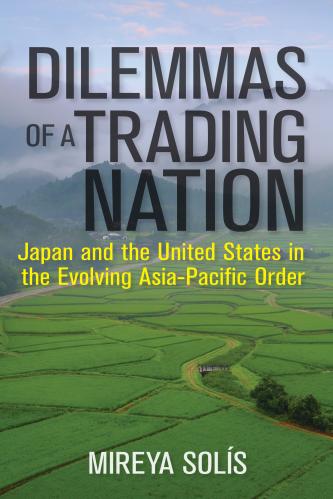
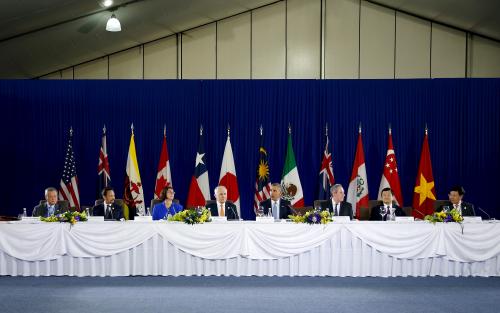
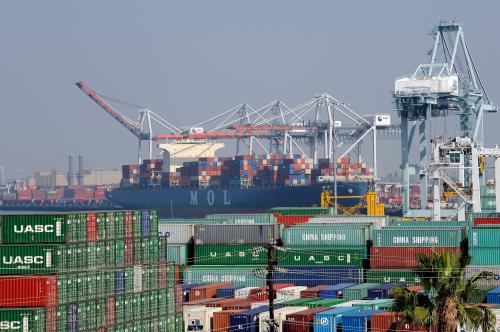
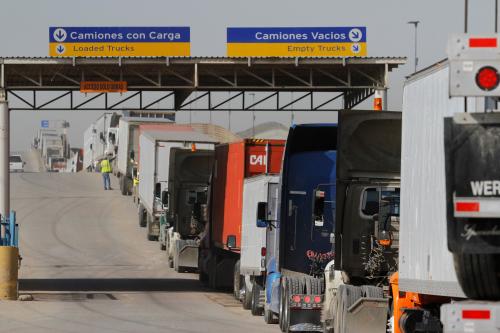

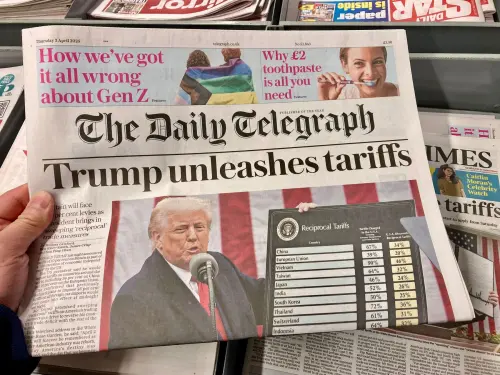
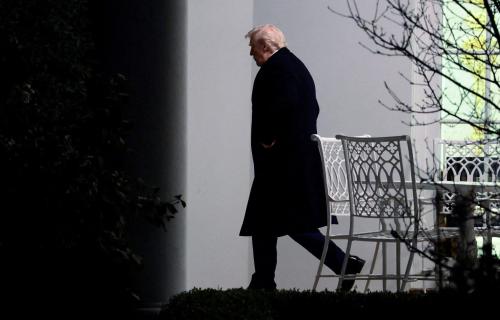
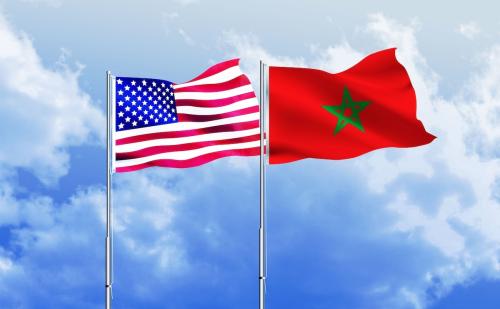
Commentary
Globalization on the cheap: Why the U.S. lost its way on trade
August 28, 2017